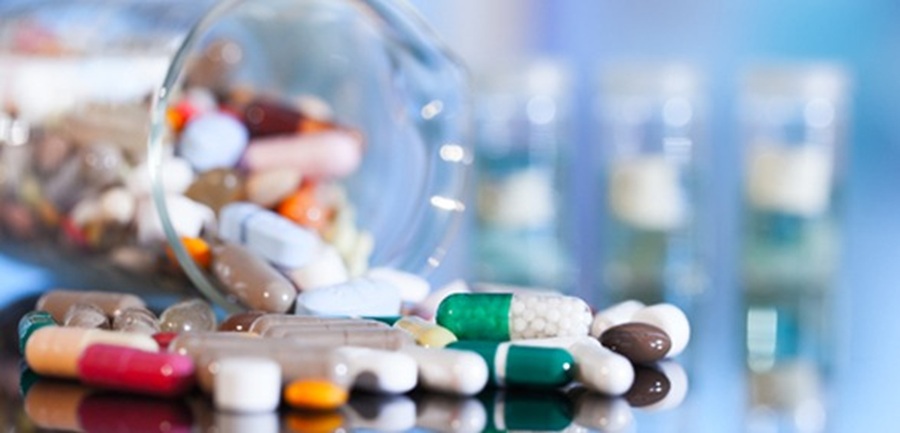The use of psychiatric drugs among minors in Italy has more than doubled in the past eight years, according to new data released Monday by the Italian Medicines Agency (AIFA). The findings were presented in Rome as part of the OsMed 2024 Report on medicine use in Italy.
In 2016, 0.26% of minors were prescribed psychiatric medication. By 2024, that figure had risen to 0.57%, equivalent to one in every 175 children. Over the same period, consumption increased from 20.6 to 59.3 packages per 1,000 children. The report identifies antipsychotics, antidepressants and medication for ADHD as the most commonly prescribed treatments.
Prescription rates increase sharply with age. Among adolescents aged 12 to 17, 1.17% were prescribed psychiatric drugs in 2024, with a consumption rate of 129.1 packages per 1,000 people. AIFA said this trend mirrors patterns observed in international studies, which have recorded rising prescription rates for such medications, particularly following the COVID-19 pandemic.
While use in Italy has increased, it remains lower than in other countries. AIFA noted that the 2024 prescription rate among Italian minors, at 0.57%, is nearly double the rate recorded in 2020 but still well below that of France (1.61%) and the United States, where rates exceed 24%. The agency partly attributes the increase to the psychological effects of the pandemic on children and adolescents, as well as improved diagnosis and access to treatment.
Over half of minors received at least one prescription drug in 2024
The report also revealed that just over half of Italy’s 4.6 million children and adolescents received at least one prescription drug in 2024, with a slightly higher prevalence among boys than girls. Systemic anti-infectives remain the most prescribed medications among minors, followed by respiratory drugs and hormonal treatments.
Beyond the figures on mental health, the OsMed Report provided an overview of national pharmaceutical trends. Total spending on medicines reached €37.2 billion in 2024, a 2.8% increase compared with 2023. Public spending accounted for €26.8 billion of the total, up 7.7%, while private spending fell by 4.6%. According to AIFA, the rise in costs is driven mainly by the introduction of innovative and high-cost therapies reimbursed by the National Health Service, rather than by an increase in overall consumption.
Cardiovascular medicines remain the most widely used drugs in Italy, while anticancer treatments generate the highest expenditure, totalling €8.2 billion. The report also highlighted growth in the use of advanced therapies and treatments for rare diseases. Between 2022 and 2024, 46 innovative medicines and 12 advanced therapies were approved for reimbursement.
AIFA President Robert Nisticò described the findings as encouraging but emphasised the need for improvement. “It is essential to continue promoting the use of generics, adherence to therapies, appropriate prescriptions, and the optimal use of available resources,” he said. “This is vital to ensure innovation and the best possible treatment options for patients while maintaining the sustainability of the National Health Service.”
Also read: Guidance on driving under influence of drugs/medication
The report also noted a slight decline in antibiotic use, down 1.3% from 2023, though consumption remains high. Around 17 in every 1,000 Italians take antibiotics daily, with higher rates in southern regions. AIFA warned that regional disparities and excessive prescriptions raise concerns about appropriate use.





